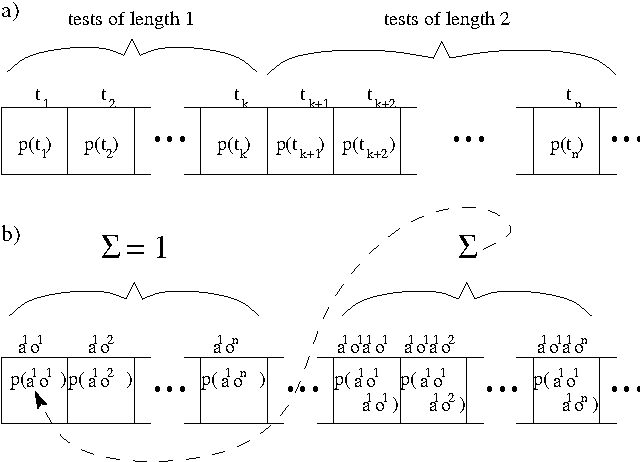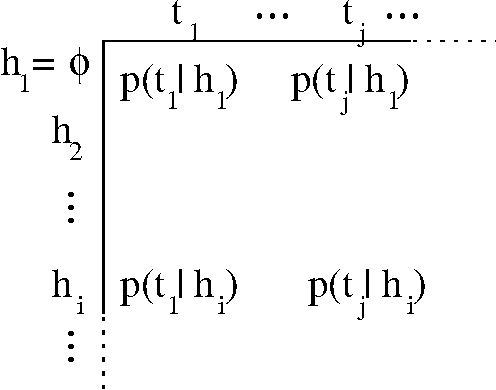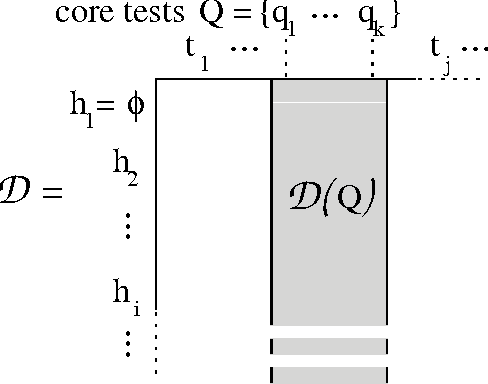Michael James
Online Normalization for Training Neural Networks
May 28, 2019



Abstract:Online Normalization is a new technique for normalizing the hidden activations of a neural network. Like Batch Normalization, it normalizes the sample dimension. While Online Normalization does not use batches, it is as accurate as Batch Normalization. We resolve a theoretical limitation of Batch Normalization by introducing an unbiased technique for computing the gradient of normalized activations. Online Normalization works with automatic differentiation by adding statistical normalization as a primitive. This technique can be used in cases not covered by some other normalizers, such as recurrent networks, fully connected networks, and networks with activation memory requirements prohibitive for batching. We show its applications to image classification, image segmentation, and language modeling. We present formal proofs and experimental results on ImageNet, CIFAR, and PTB datasets.
Predictive State Representations: A New Theory for Modeling Dynamical Systems
Jul 11, 2012



Abstract:Modeling dynamical systems, both for control purposes and to make predictions about their behavior, is ubiquitous in science and engineering. Predictive state representations (PSRs) are a recently introduced class of models for discrete-time dynamical systems. The key idea behind PSRs and the closely related OOMs (Jaeger's observable operator models) is to represent the state of the system as a set of predictions of observable outcomes of experiments one can do in the system. This makes PSRs rather different from history-based models such as nth-order Markov models and hidden-state-based models such as HMMs and POMDPs. We introduce an interesting construct, the systemdynamics matrix, and show how PSRs can be derived simply from it. We also use this construct to show formally that PSRs are more general than both nth-order Markov models and HMMs/POMDPs. Finally, we discuss the main difference between PSRs and OOMs and conclude with directions for future work.
 Add to Chrome
Add to Chrome Add to Firefox
Add to Firefox Add to Edge
Add to Edge